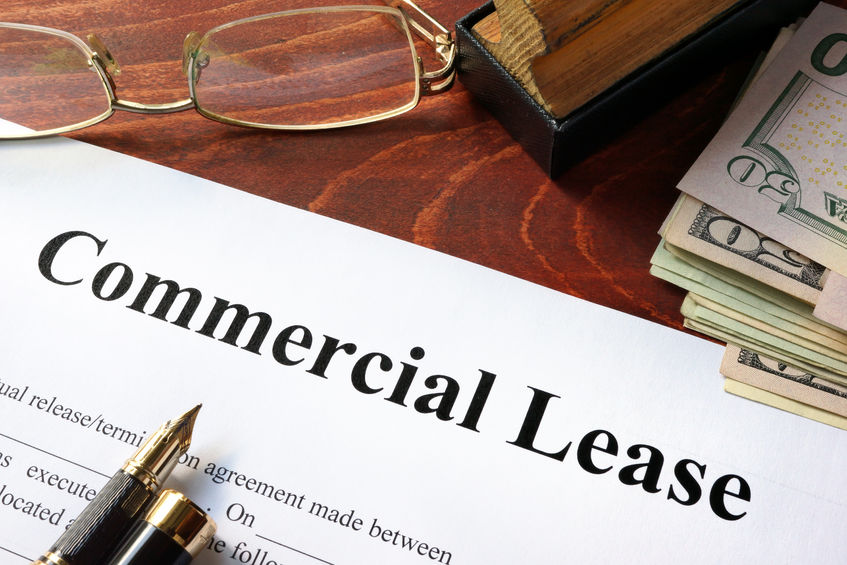Most tenants who have just signed a lease are looking to the future. They understand their obligation to pay rent and expenses and expect that during the term of the lease they will have continued access to the premises for the period of time covered by the lease. Often, they will be improving the premises for their intended uses and will have the right to install tenant improvements or alterations, subject to the landlord’s approval. What they don’t expect is that at the end of the lease term, there may be a very large and unwelcome “surrender” payment obligation due to the landlord to remove their improvements. This requirement could be stipulated in the commercial lease surrender provisions. Most standard form leases, such as the American Industrial Real Estate Association (AIR) lease, contain surrender provisions that require the tenant, at its sole cost and expense, to remove any tenant improvements, alterations or utility installations which were installed by the tenant. As an example, Paragraph 7.4(b) of the AIR lease provides, in part, that the landlord can require the tenant to remove its alterations and utility installations provided that the landlord delivers notice not earlier than 90 and not later than 30 days before the end of the lease. This may sound simple enough, but in some cases, these costs are substantial. As an example, if interior walls are moved or amenities such as a kitchen or extra bathroom are demolished at the beginning of the lease term, the landlord may require that these improvements be reconstructed at the end of the term. Even the expense of removing alterations, such as complex data lines or systems, can be costly. Faced with this situation at the end of the lease term, the tenant has few good options. Often, the landlord will demand a compensating payment rather than requiring the tenant to perform the work itself. If the next tenant wants the improvements, or will demolish them themselves, the landlord may simply pocket the departing tenant’s restoration payment. In a “worst case” scenario, some leases provide that the alterations must be removed prior to the end of the lease term. And if the alterations are not removed by the end of the term, some landlords have taken the position that the tenant is still occupying the premises and must pay holdover rent until they are removed. Tenants can protect themselves by negotiating in the commercial lease surrender provisions what alterations must be removed at the end of the term. If the alterations are not known at the beginning of the lease, the tenant can seek language in the lease that the landlord must give tenants notice of the necessity to remove alterations and utility installations before the tenant makes them. This way, the tenant can determine— before undertaking the anticipated work— whether the improvements make economic sense, after factoring in the cost of removal at the expiration of the lease. The most favorable arrangement for the tenant is usually that the premises be left in “broom clean” condition, which only requires that the tenant’s equipment, goods and inventory be removed, and that the premises be left “clean” and free of rubbish. Tenants will also want the right to remove its inventory, goods, equipment and trade fixtures from the premises, and need to insure that the lease does not prohibit the removal of all or some of these items. The surrender provision and related obligations in a commercial lease can be very real and dangerous traps for unsuspecting tenants. Consulting with an experienced commercial leasing attorney during lease negotiations can be cost-effective “preventative medicine.”

Negotiating Commercial Lease Surrender Provisions
Finkel Law Group is adept at both crafting and leveraging commercial property lease terms to protect our clients or help them avoid costly legal proceedings. Contact us to schedule a complimentary consultation. Oakland office (510) 344-6601 or San Francisco (415) 252-9600.
